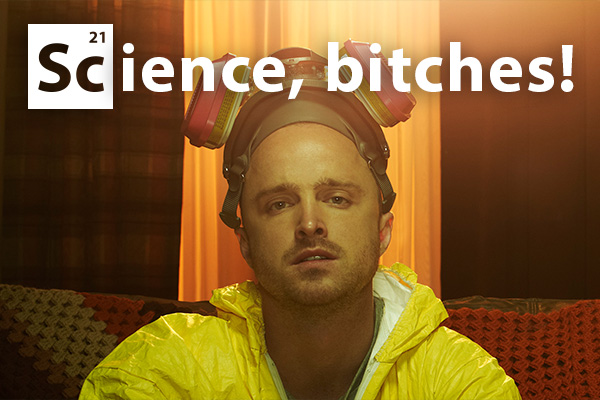Science, Bitches | Issue 24
Evolution of caffeine
First, a quick recap on evolution: characteristics, or traits, that are shared between two different species can arise from one of two evolutionary pathways Ė either these species both evolved from an ancestral species that had these characteristics (such as the hooves of cattle and sheep), or these two species evolved these traits on their own (such as bat wings and bird wings).
A group of researchers in France and the US recently published the genome of the Robusta coffee plant. Robusta and Arabica are the two types of coffee that you might encounter when youíre out getting your fix. They picked Robusta because the genome is simpler than Arabicaís. One of the main things we can take from this study is how the plant makes caffeine. Caffeine is used in nature as a plantís defence against insects Ė itís an insecticide, so any bugs trying to make a meal from a caffeine-producing plant is in for a bad time. It can also be used by seeds to prevent any seeds nearby from germinating or sprouting, allowing the caffeine-producing plant to be a step ahead of the competition and snatch itself up a place to grow. Leaves falling from the tree also stop any competition from growing around its roots.
It turns out that the enzymes the coffee plant uses to make the caffeine molecule are different to those that make the caffeine in tea. If we take a closer look at the genetic differences between these two plants, we can see that the ability to make caffeine is a trait that arose independently! Research suggests that cacao, the plant thatís responsible for chocolate, and tea share a caffeine-producing ancestor, while coffee went right ahead and made it independently. This means that, by pure coincidence, these two groups of plants were able to make the exact same compound! Perhaps itís no wonder that we all love it so much. This is an example of convergent evolution, where two species (coffee and tea) have a similar characteristic (caffeine) that did not come from a caffeine-producing ancestor.
Now that we know how coffeeís caffeine is made, we could also use plant biotechnology to produce a tastier decaf, for those of you who love the coffee but arenít so big on caffeine. Current decaf-producing methods compromise the flavour of coffee and often donít remove all the caffeine. So if youíre one of the few coffee-loving people who drink decaf, there may be a better product for you on the horizon.
On a side note, scientists are one of the biggest consumers of coffee (if you break coffee consumption up by profession), so I suppose itís no major surprise that they were pretty keen on sequencing the coffee genome. Coffee is great for caffeine, which is excellent for helping us do science, bitches!



